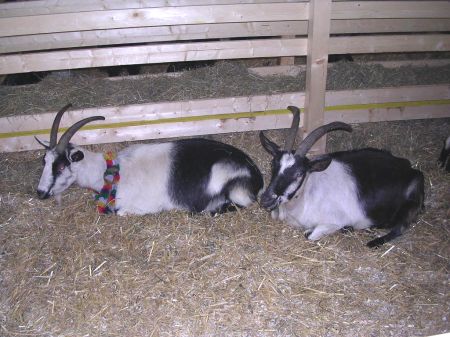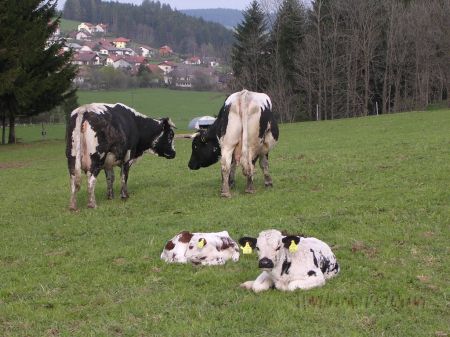The preservation of livestock breeds that are greatly reduced in number and therefore at risk requires particularly conscientious and specially coordinated breeding planning with the aim of avoiding losses of genetic variants as far as possible.
Male breeding animals are often only available to a very limited extent and are usually more or less closely related to one another. This makes the selection of mating partners very difficult and there is a constant risk that there will only be very few suitable sires, which will then be used excessively for breeding. This leads to sharp selection, reinforcement of genetic drift and ongoing increase in inbreeding in subsequent generations, i.e. animal breeding facts that significantly change the genetic structure of a breed and do not guarantee long-term preservation of the identity of a breed with its genetic diversity.
A population planning program with a mating program is therefore used in Austria, which keeps inbreeding in small populations as low as possible and thereby preserves the genetic diversity of these breeds. By calculating the inbreeding coefficient, the increase in inbreeding per unit of time and the effective population size, the breeding strategies can be controlled and evaluated for their effectiveness. As part of the controlling of the breeding measures, the mating suggestions made for 20 recognized highly endangered breeds with a total of approx. 9000 animals are randomly checked and the most important population genetic characteristics (increase in breeding per generation and time unit and effective population size) are checked and thus the 'genetic status' of each endangered breed captured and objectified. The results of the controlling and questions arising were regularly discussed with the responsible organizations.
Without exception, a continuous increase in the completeness index of the pedigrees was achieved for all highly endangered breeds. Furthermore, in the majority of the highly endangered breeds examined, the inbreeding coefficient was kept stable or reduced, thus ensuring the preservation of the gene variants.







